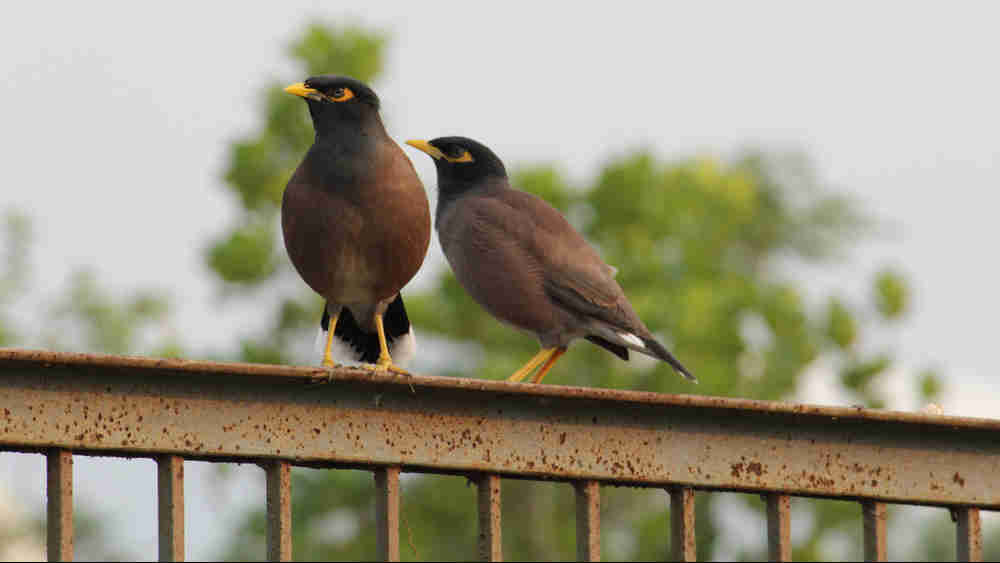One superstition that keeps me going — or not really — is that of “ek shalik”. The shalik, or the Indian myna, I have been told since early childhood, is ominous when it is alone. It brings bad luck. The English rhyme, purportedly about magpies, goes further, adding an antidote to singleness, which is not singularity: “One for sorrow, two for joy.” These bits of wisdom have been driven through my brain into my muscle memory so successfully that every time I see a solitary shalik, my stomach, even if for a moment, promptly contracts with a sense of terror, the light goes out and I stop. I hear footsteps. They are coming for me.
I do not believe in god, the after-life or the supernatural, although I may be afraid of them, and that may partly be the problem. But why do I feel this strange, enormous fear at the sight of a little bird, that too when it is alone? It could also be that fear is our most powerful feeling, and it just needs to attach itself to a shape to strike us down, and there is something about feathers that can be terrifying, as Hitchcock, who specialized in our fears, showed us so well. But this still does not explain why a lone shalik should be able
to do me in.
I think the solitary shalik can inspire such fear in me because it is solitary. The unpartnered, the unaccompanied, the single, the one who has lost a partner: they make us uneasy, especially if the single creature is female. A witch was feared, she was kept away, not allowed into the social. Can we imagine a married witch? Same for mad women, who tend to be isolated and demonized more than mad men. A widow in an Indian family in earlier times could be dreaded in a similar way. The ritual that officially announced her bereft, new single life was horrifying: her sindoor was erased, her shankha and pola, the bangles that symbolized her marital status, were broken and her hair was often shaved off. Two centuries earlier, her entire person could have been eliminated through sati.
About the same time, in Jane Austen’s England, the “spinster” could evoke quite a lot of dread, too. Sometimes, hatred. Like witches and widows elsewhere, although perhaps with less obvious violence, spinsters needed to be avoided, too, if not asked to wither away.
Single males fare better. From the lone wolf to James Bond, though we are not sure what would happen to them if they were consigned to everlasting solitariness.
Religion and myth conspire against singleness (and we will not even get into later institutions such as Hollywood, Bollywood and Valentine’s Day couple dinners). Two for joy, because it is the law of nature, they seem to say. Which is why Noah took two from each species in his ark. The death of a bird (the winged species, again!) led to the birth of Valmiki’s Ramayana and the first poetic utterance. The sage observes two krauncha birds, engrossed in each other in intense desire, when a hunter kills the male bird. The female survives, but its heart-rending cry awakens in Valmiki a grief that can only be expressed as poetry. He curses the hunter for killing one of two birds so deeply in love. Shoka (grief) becomes shloka (poem), which is a sublime theory of the emotions and art, but it endorses the natural state of bliss as being double.
Which reminds us of another Paradise that was ruined. Some exceptional singles are sage Valmiki himself, or other sages and hermits, or priests, or nuns, or some prime ministers. But only god in his essential, eternal form is One. The rest are mortals and are not enough alone. The solitary shalik is dreadful because it reminds us of our mortality. Death is the only fear.
So if I see one shalik, I quickly look away and look again. That should make “two for joy”. But I am not sure I can cheat.










